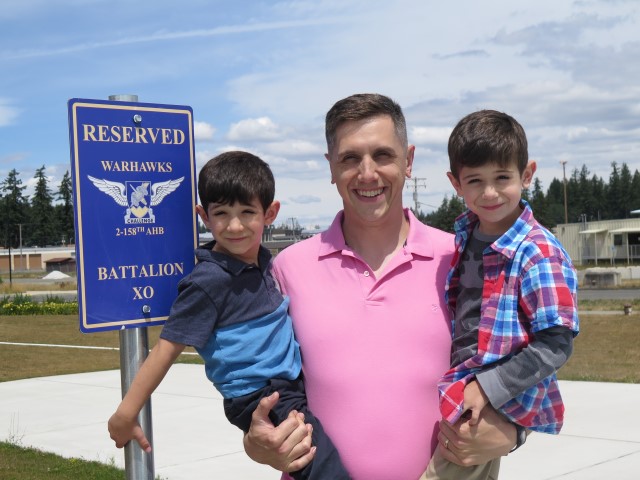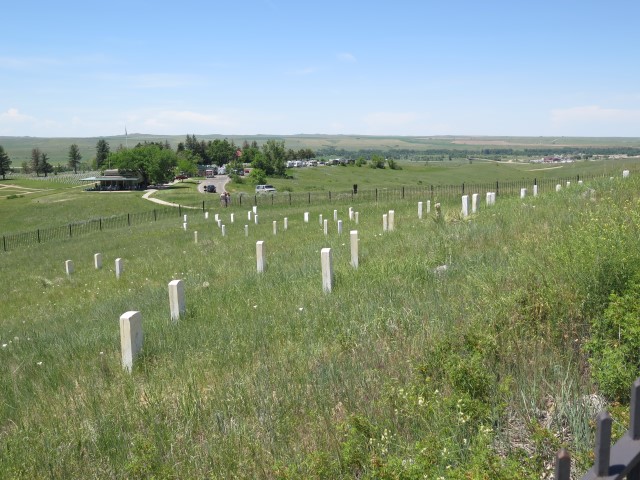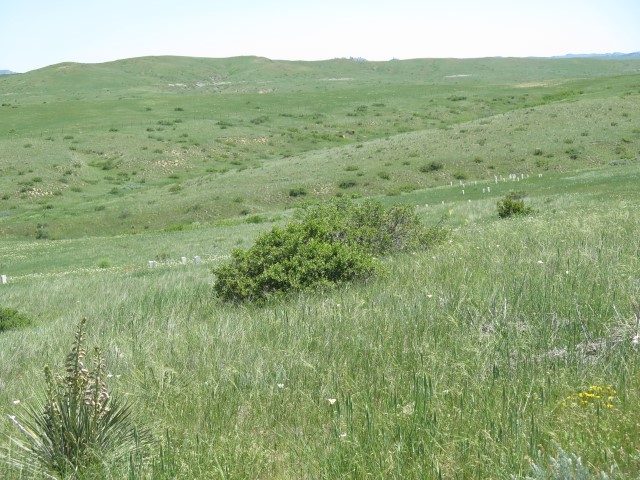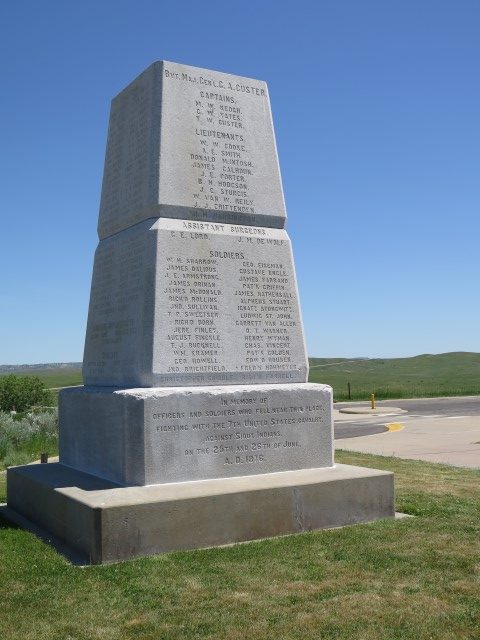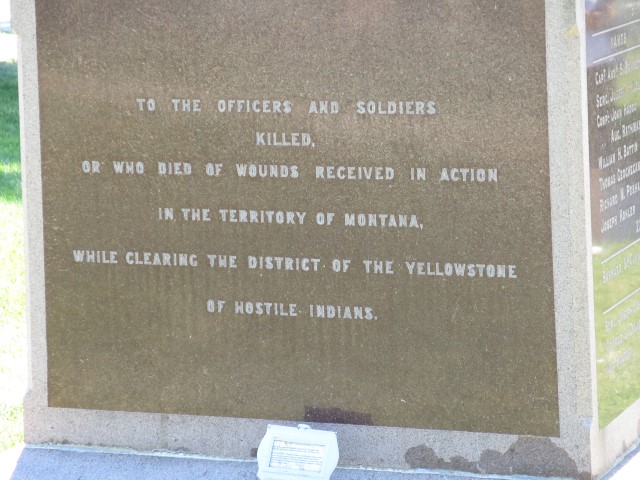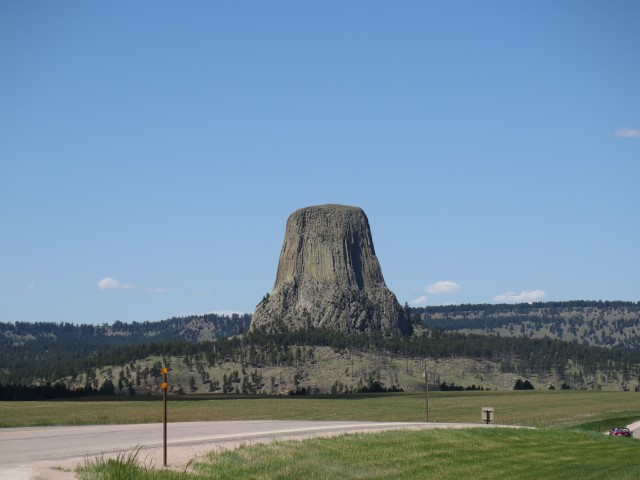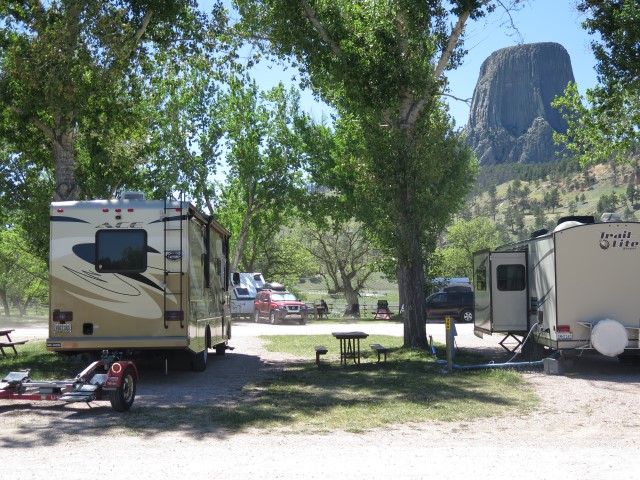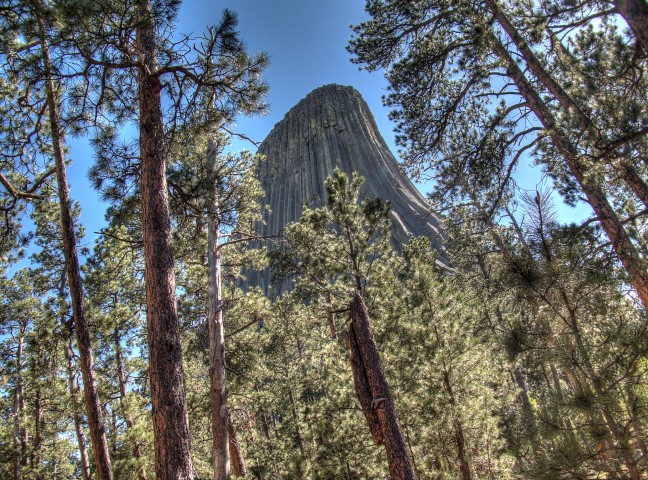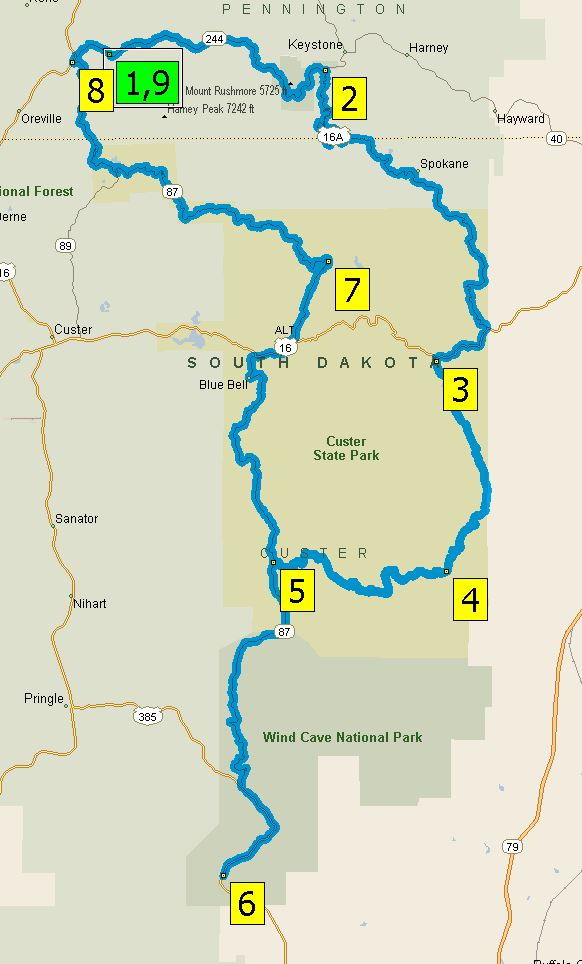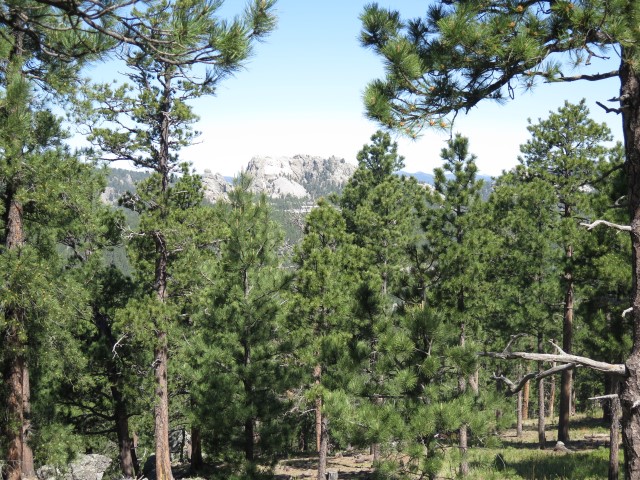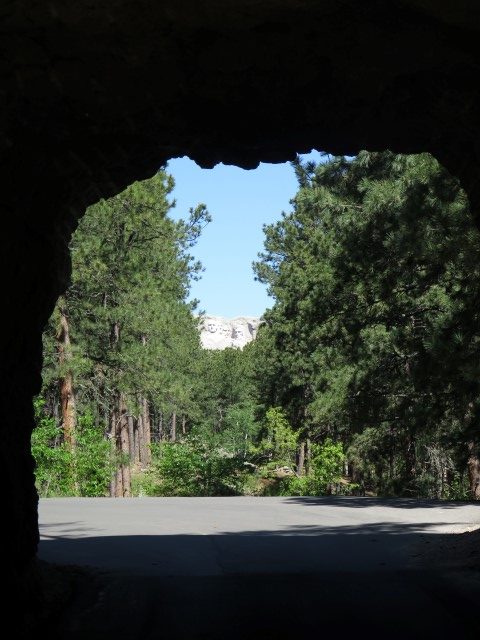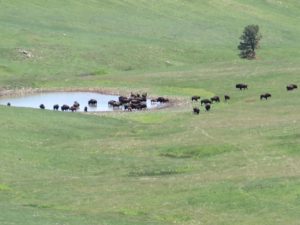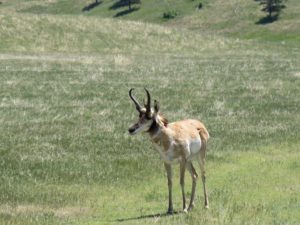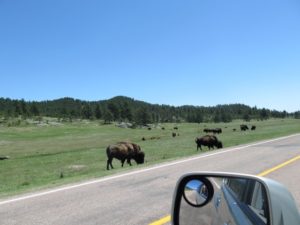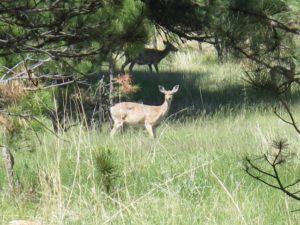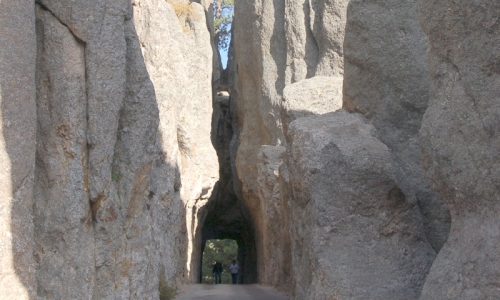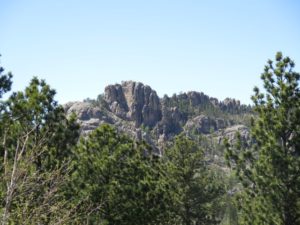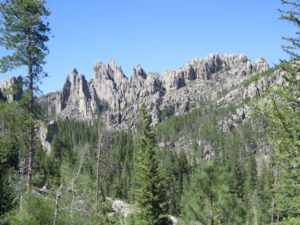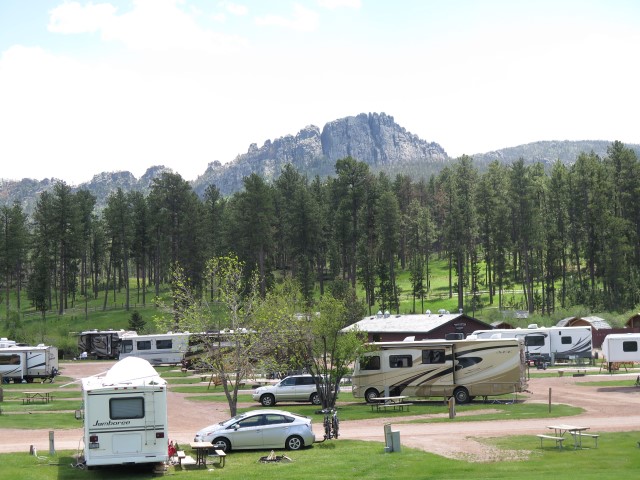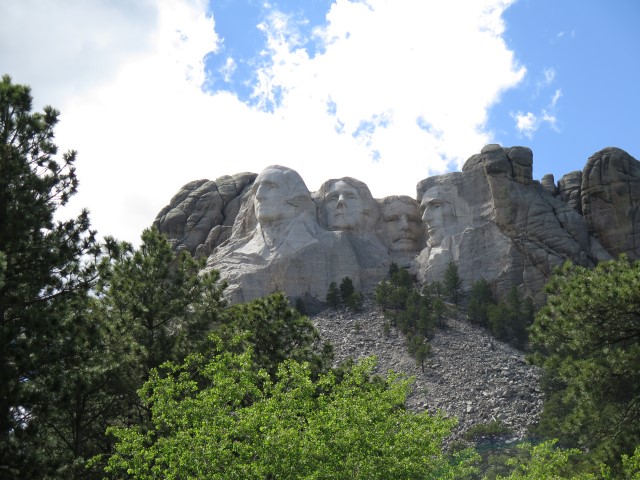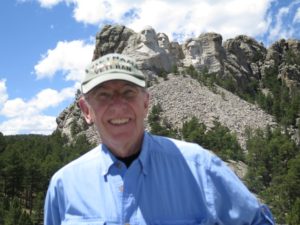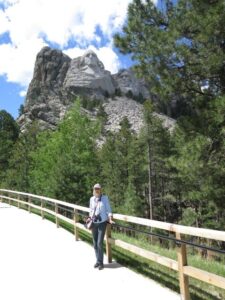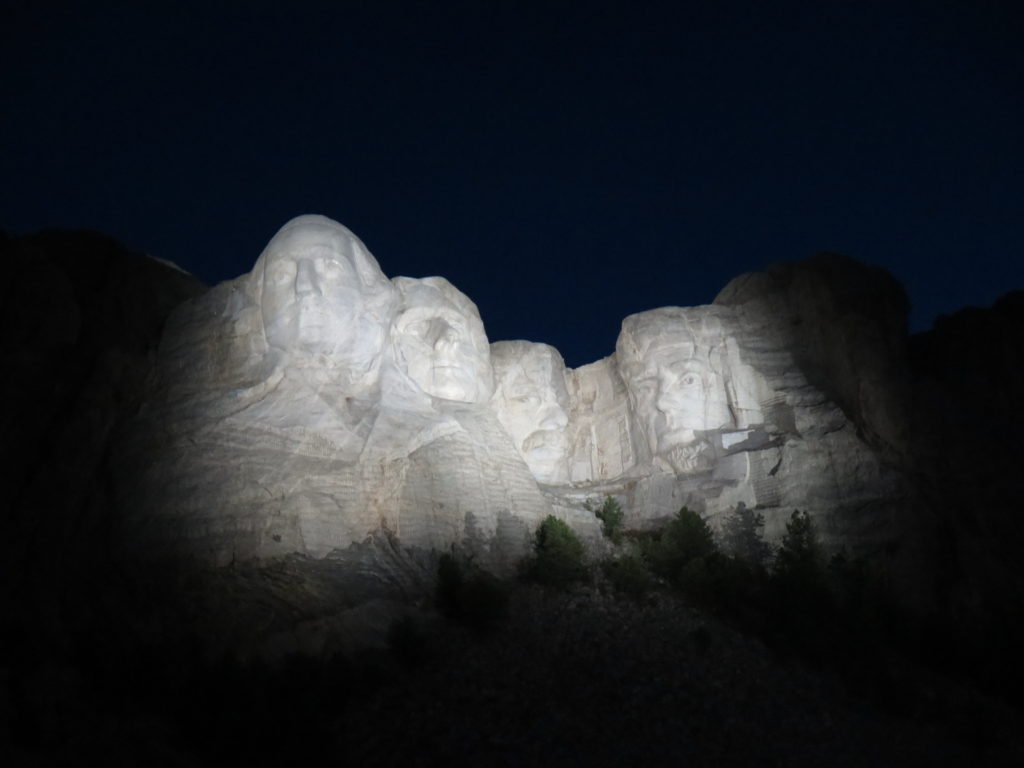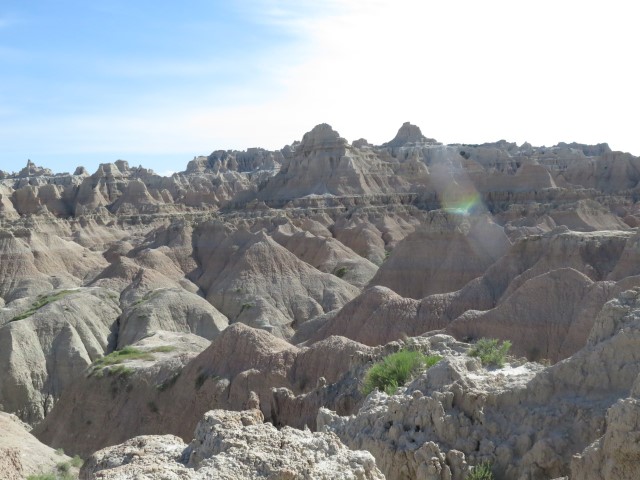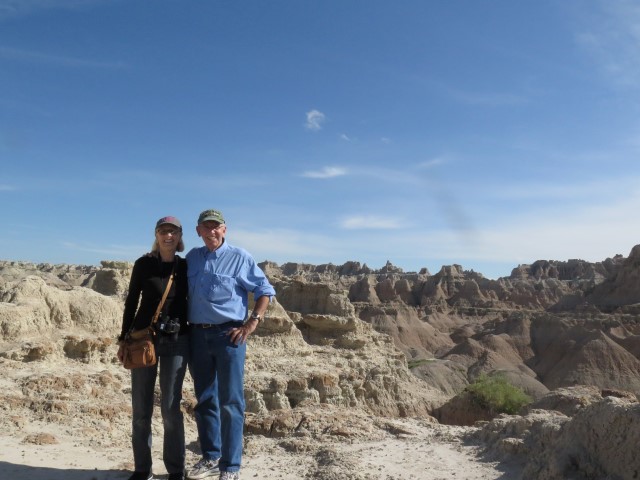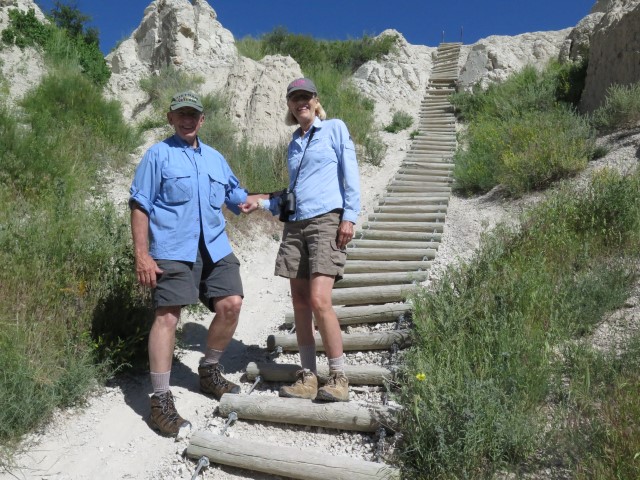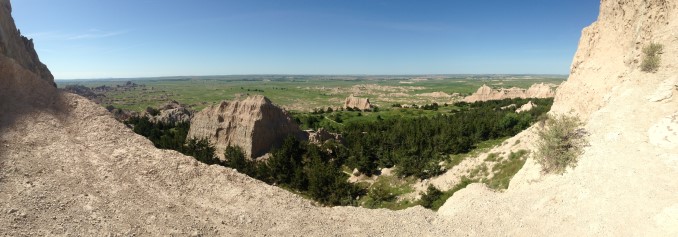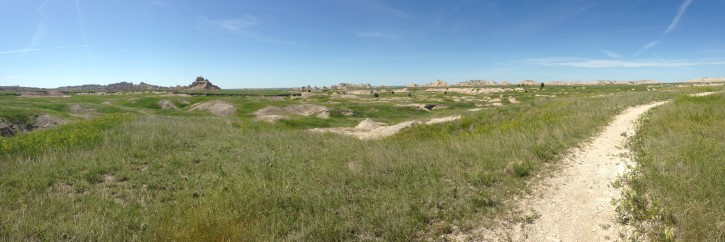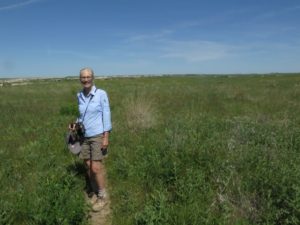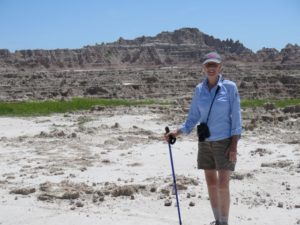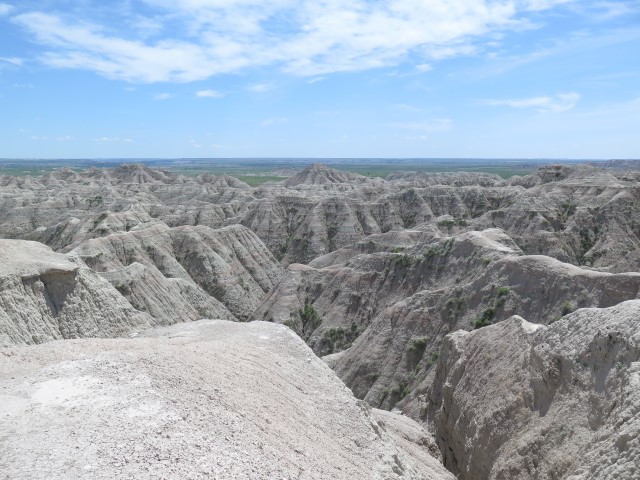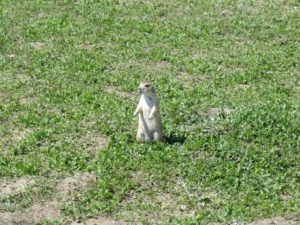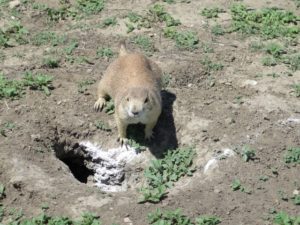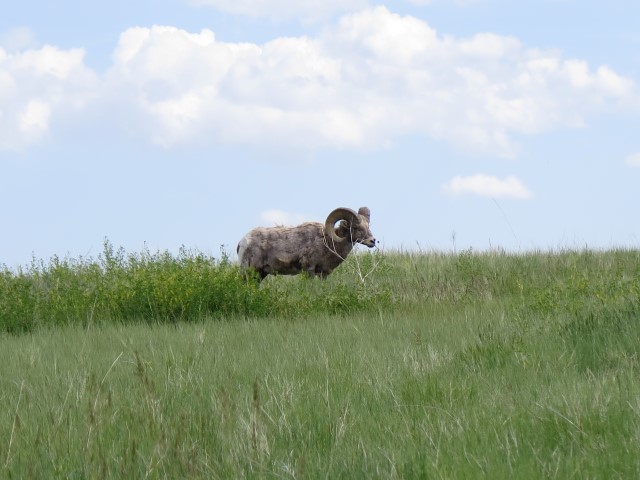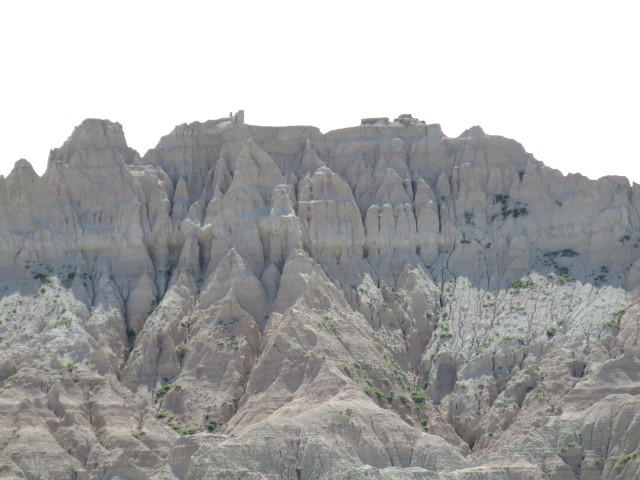Having successfully done our part to assure the successful incorporation of Baby Michael into the household (which is to say, having done nothing but hang around for a few weeks), we had a chance to take a day for a visit to Mt. Rainier.
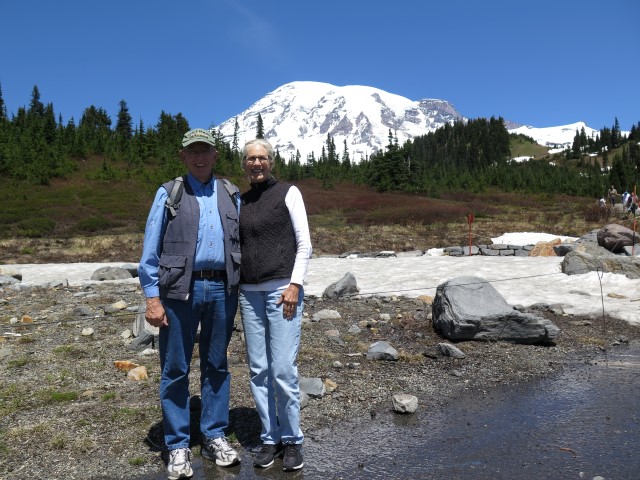
Most people probably know this, but Mt. Rainier is a “dormant,” not “extinct,” volcano. Which means that, at any moment, it could erupt, unleashing “pyroclastic flows” consisting of volcanic ash, lava, hot rock, and volcanic gases. All of that would be accompanied by mud flows, hundreds of feet high, traveling at 50 miles per hour, that would travel outward for dozens of miles. Most of the Seattle environs, all heavily populated, would be asphyxiated or buried in volcanic mud (take your pick). USGS says that Mt. Rainier is one of the most dangerous volcanoes in the entire world. Not to worry, though. Seattle and the surrounding area will probably be destroyed by a slip in the Cascadia Fault, causing earthquakes and huge tsunamis, long before it’s buried in mud from Mt. Rainier. I think I’m taking this place off my “lets go live there and see what happens” list.
It’s probably just as well, though. When we lived in Portland, the standard joke was that the Northwest has two seasons: winter and the Fourth of July. It’s a bit of an overstatement, but not much. The weather here has been mostly cold, wet, windy, and generally unpleasant. Plus, annual surveys always list the Seattle-Tacoma area as among the worst three traffic cities in the U.S., and that is not an overstatement. I hate to sound like Yogi Berra, but this can’t be a very popular place, mostly because of all of the people here. And, on top of all of that, the politics here, well, do not comport very well with our values. The whole place seems to have a degree of leftist lunacy and oppressive government intrusion that would give California a run for its money. Georgia looks pretty good right now.
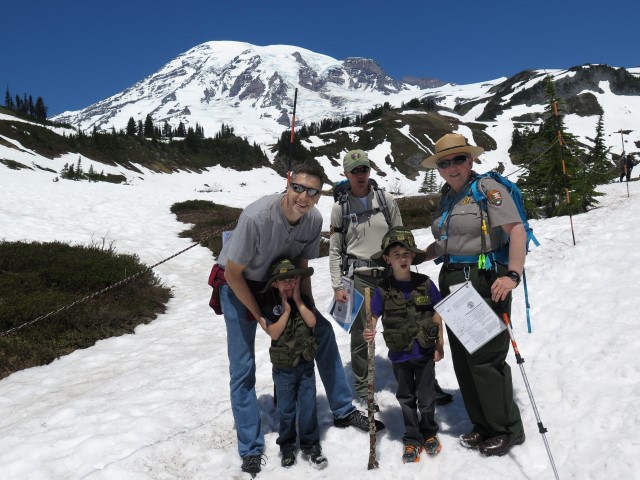
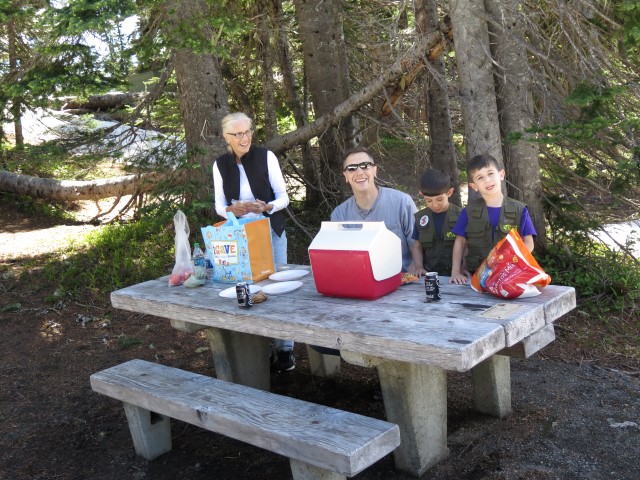
Most of our time in the Dupont area, though, was spent just hanging around family, taking the boys off of Laura’s hands so she could try (not always with great success) to get at least a little sleep and tend to the household. Hopefully it was helpful to her, and it certainly was wonderful for us. Boys in the 5- and 3-year-old categories present a challenging combination of energy, determination, charm, and spontaneous combustion that defies description. One might rightly wonder whether old geezers like us could withstand several weeks of engagement with preschool boys, but my completely impartial, unbiased, and verifiable opinion is that we did a pretty good job.
So, we had time to see the local sights, play at the post playgrounds, go to the Children’s Hands-On Museum in Olympia, and just generally goof off, including a stop to see Dad’s office…
Some pictures from our three-week stay can be found here: Dupont Album.
These past few weeks also gave us time to reflect on lessons learned during the trip so far.
- The outbound trip was one of the best experiences ever. The destination stops were all wonderful, even more so than we ever could have thought. For me, the Big Five (Badlands, Mt. Rushmore, Black Hills, Devils Tower, and Little Big Horn) were all firsts, and memories of those stops will stay with me forever. We would have liked to have stayed an extra day in Badlands, maybe a half-day less at Little Big Horn, maybe a few days with more miles, maybe a few with less. Overall, though, and much to our surprise, there were no major whiffs by the Department of Planning and Itineraries.
- The route basically just tracked Robert’s PCS trip from last year. It’s interesting to read the two accounts side-by-side. Our evaluations of the stops along the way are similar, except that, as one would expect, traveling with a 4-year-old ad a 2-year-old caused him to rate campgrounds differently. Also, we were spared the experience of vomiting children along the way.
- Our little motorhome, the RV-equivalent of a VW beetle, works just fine. We’re comfortable living in it for extended periods; the living, sleeping, and bathroom-shower spaces are all more than adequate; it handles long mountain climbs and descents just fine; and it holds enough food and supplies that we can eat all of our favorite meals (and eat healthy).
- The 3:00/300 rule (off the road by 3:00 and no more than 300 miles per day, whichever occurs first) worked well, except that we found we can push hard (over 400 miles per day) if we have to. Still, though, that’s not our preference. Generally, 3:00/300 it will be for the return trip.
- People say that the journey is as much of the experience as the destination, and that is surprisingly true. Each of driving-days, just putting on miles, was fun and well worth it in itself. In part, that may have been because we were listening to Undaunted Courage as we drove, and frequently the narration coincided exactly with the view out the window. But even long stretches of prairie and farmland were fascinating and the hours flew by. In eastern Washington, the farmland was especially enjoyable after we saw a sign that said, “Crops Identified on Fence Line–Next 14 Miles” and spent the drive learning to recognize all those acres of leafy things that you never know what they are.
- Still, as good as the trip was, two-plus months on the road makes it easy to get homesick. Not sure what to do about that. Something to ponder as we plan future trips.
- Traveling with dogs is, well, complicated. Our little doxies are cute and we love them, to be sure, but they significantly limit our options and increase the workload as we travel. We’ll probably have them put to sleep before we return.
And what of the “campground” where we’re staying during our family time? Imagine an old drive-in movie theater lot, leveled and covered in gravel, where those poles that held up the speakers are now used to plug in the RV. It’s tolerable (barely) for what we need (a place to park ACE giving us a way to sleep at night), no worse than staying in a nearby hotel I suppose, but that’s about all a place like this is good for.
So, tomorrow it’s off to Olympic National Park and the start of the return trip. Further posts to follow.
[OK, so I’m just kidding about putting the dogs to sleep. Well, mostly kidding.]

